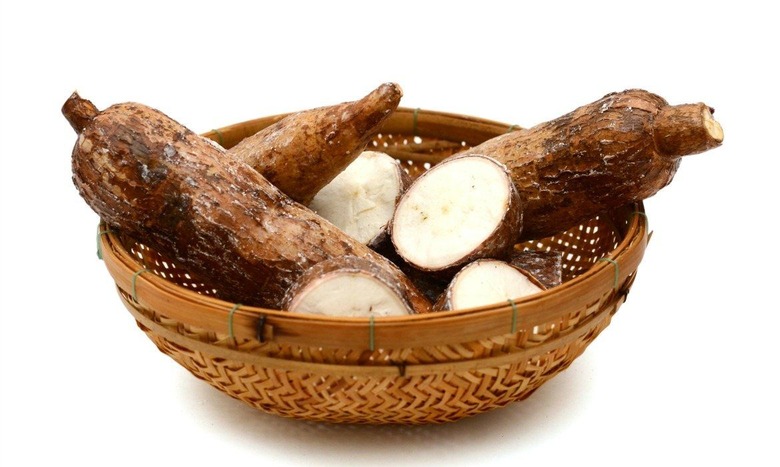Tribal Leaders Propose Reintroduction Of Traditional Native American Foods To Reverse Diabetes Epidemic
At 16.1 percent, Native Americans have the highest prevalence of diabetes among all racial and ethnic groups in the United States. In the 10 years between 1994 and 2004, the rate of diabetes in Native American youth aged 15 to 19 increased by 68 percent. This dramatic increase is owed not only to the fact that Native Americans have a genetic predisposition to diabetes, but also to the disappearance of native foods. Studies show that traditionally Native American foods, such as yucca, contain protective powers against the disease.
Click here for the 10 Eating Habits That May Help to Prevent Diabetes slideshow.
Throughout the twentieth century, the wild foods that had long constituted much of the Native American diet began disappearing from the menu. Today, these foods have largely been replaced with packaged, processed fare. To exacerbate the issue, numerous Native American reservations are considered food deserts — communities where the nearest grocery store is over a mile away. For example, the nearly 28,000-square mile territory that constitutes the Navajo Nation contains just ten grocery stores, all of which are sparsely stocked and sell produce of poor quality. To combat this vicious cycle of inadequate food supply and chronic disease, local community leaders are seeking to reintroduce nutritious traditional foods and crops.
Friday, November 6th marked the third annual Oklahoma Food Security Summit, which brings together national, state, and tribal leaders to discuss issues of food policy and insecurity. One of the summit's organizers, Rachel Hubbard, is a member of the Choctaw Nation and a proponent of reintroducing traditional crops. In an interview with KOSU, Hubbard spoke to the fact that, historically, Native Americans are hunter-gatherers, and many of their traditional foods are harvested in the wild. As a result, food safety regulations pose a major barrier to the distribution of wild foods across communities.
"In the 2009 Tulsa Food Security Counsel, we started this dialogue saying, agencies are great but we really need to engage the community," Hubbard said. "Some constituents have major concerns... In this zip code, there was one grocery store and it closed." In the face of these challenges, another member of the Choctaw Nation, Katie Pulhawky, organized a mobile grocery store. The refrigeration unit now delivers traditional foods, including bison, to existing corner and convenience stores. This program not only increases access to nutritious foods for Native American communities, it also allows communities to take control of their food sovereignty.
Although the movement to reintroduce native foods is in its preliminary stages, there is hope that it will succeed in combatting the health care crisis that exists throughout Native American communities today. According to Hubbard, the biggest challenge Native Americans face in terms of food security is being self-sufficient in this "fast food nation." By returning to the practice of eating wholesome, locally cultivated foods, she feels her tribe can both improve its health status and engage more actively as a community.
The accompanying slideshow is provided by fellow Daily Meal editorial staff member Sheela Prakash, RD.
